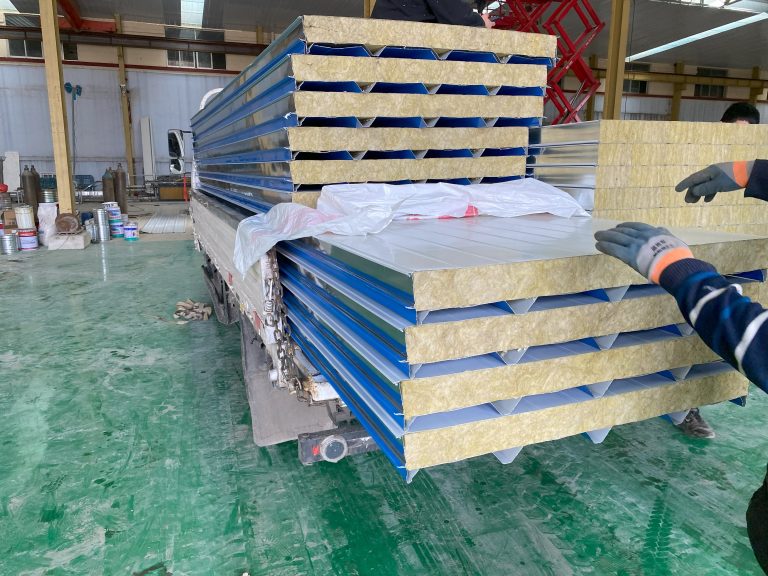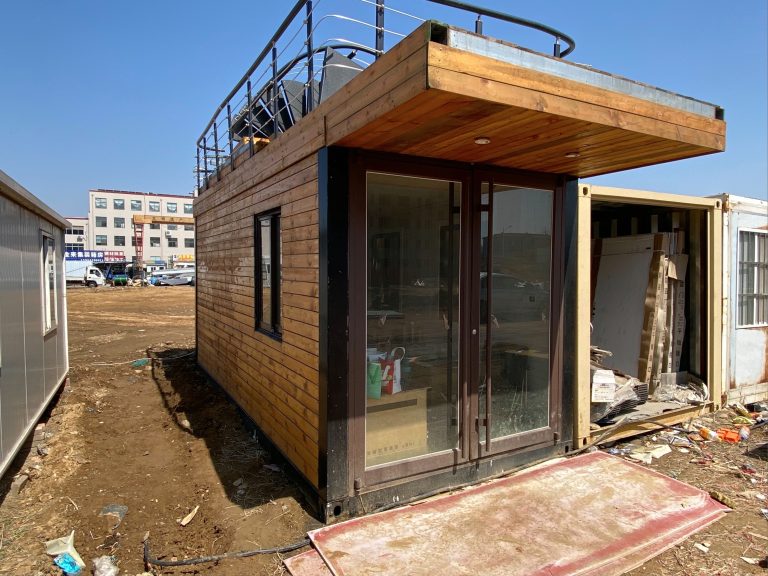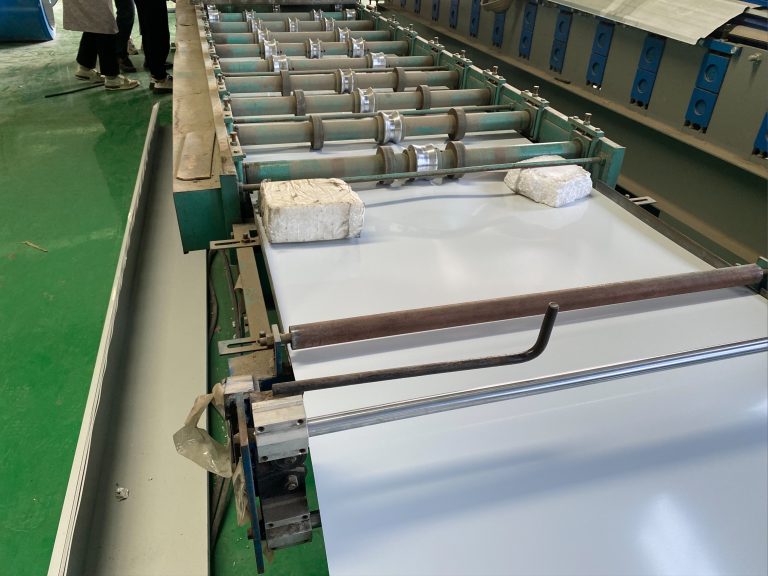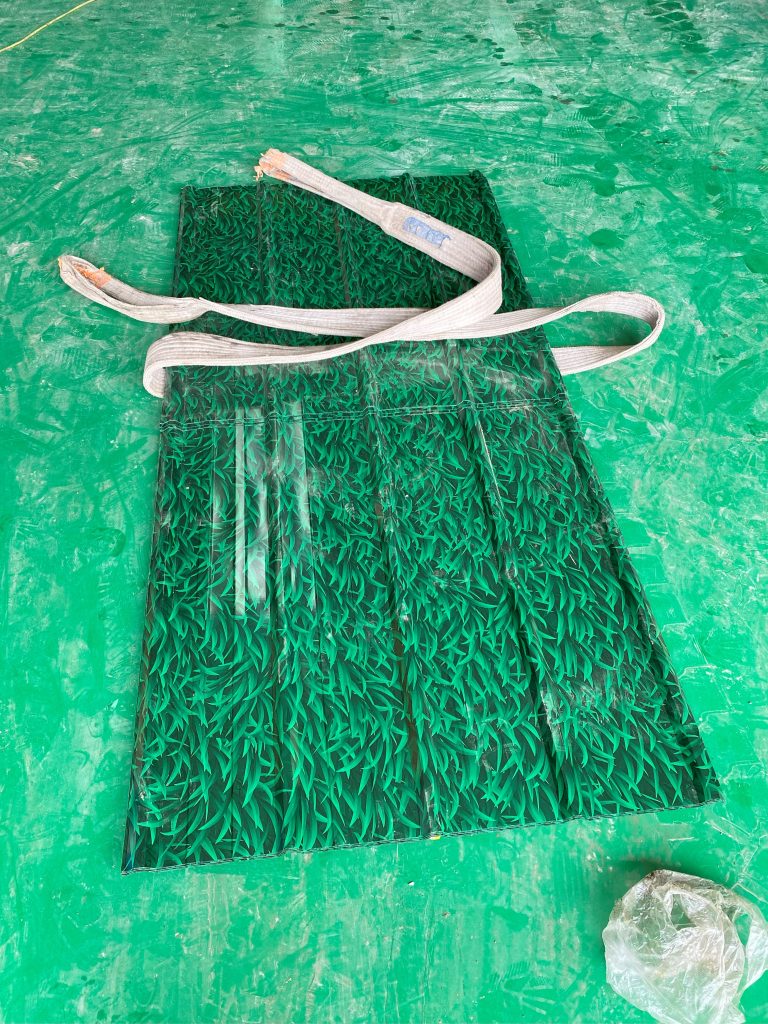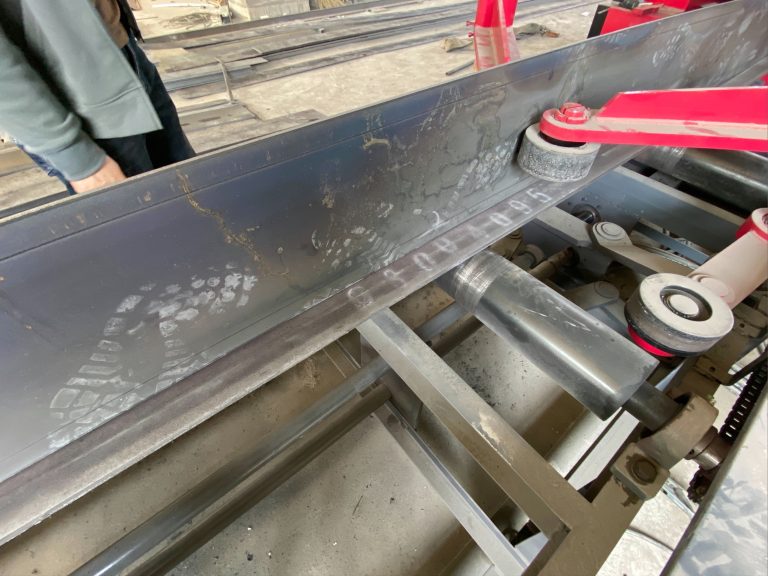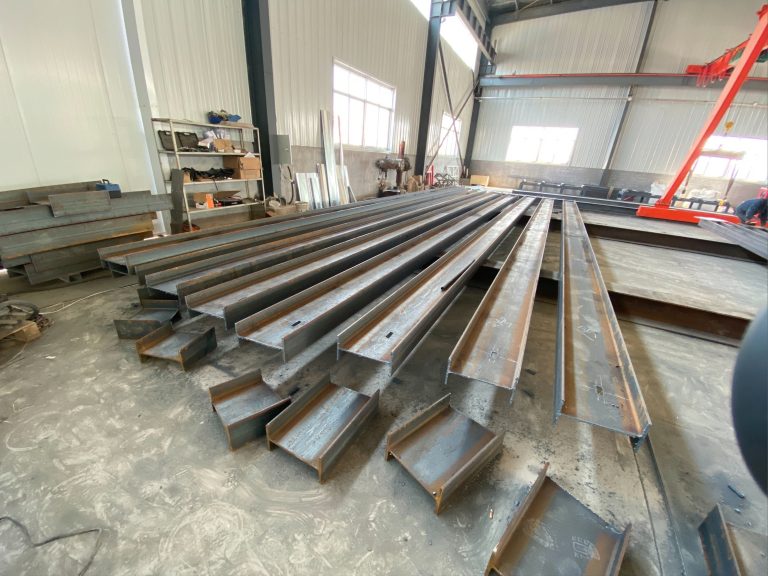Design and construction management of steel structure bridge
Table of Contents
Benefits of Using Steel in Bridge Construction
Steel has long been a popular material for bridge construction due to its numerous benefits. From its strength and durability to its versatility and cost-effectiveness, steel offers a wide range of advantages that make it an ideal choice for building bridges. In this article, we will explore the benefits of using steel in bridge construction and how it contributes to the design and construction management of steel structure bridges.
One of the key advantages of using steel in bridge construction is its strength. Steel is known for its high tensile strength, which allows it to withstand heavy loads and harsh environmental conditions. This strength is essential for bridges, which must support the weight of vehicles, pedestrians, and other forms of traffic. By using steel, engineers can design bridges that are not only strong and durable but also safe and reliable.
In addition to its strength, steel is also highly durable. Unlike other materials, such as wood or concrete, steel does not rot, warp, or crack over time. This means that steel bridges require less maintenance and have a longer lifespan, saving time and money in the long run. Steel is also resistant to corrosion, which is a common problem in bridge construction. By using corrosion-resistant steel, engineers can ensure that bridges remain in good condition for many years to come.
Another benefit of using steel in bridge construction is its versatility. Steel can be easily shaped and molded into various forms, allowing engineers to create bridges of different shapes and sizes. This versatility is particularly useful for designing complex bridge structures, such as arches, trusses, and cable-stayed bridges. By using steel, engineers can build bridges that are not only functional but also aesthetically pleasing.
Cost-effectiveness is another advantage of using steel in bridge construction. While steel may have a higher initial cost than other materials, such as wood or concrete, it offers long-term savings in terms of maintenance and repair. Steel bridges require less maintenance and have a longer lifespan, reducing the overall cost of ownership. Additionally, steel is a recyclable material, which means that it can be reused or repurposed at the end of its life cycle, further reducing costs and environmental impact.
In terms of design and construction management, steel offers several benefits. Steel bridges can be prefabricated off-site and assembled on-site, reducing construction time and minimizing disruption to traffic. This prefabrication process also allows for greater precision and quality control, ensuring that bridges are built to exact specifications. Steel bridges are also lightweight compared to other materials, which makes them easier to transport and install.
Overall, the benefits of using steel in bridge construction are clear. From its strength and durability to its versatility and cost-effectiveness, steel offers a wide range of advantages that make it an ideal choice for building bridges. By incorporating steel into the design and construction management of steel structure bridges, engineers can create bridges that are not only strong and durable but also safe, reliable, and aesthetically pleasing.
Key Considerations for Designing Steel Structure Bridges
Designing and constructing a steel structure bridge requires careful planning and attention to detail. There are several key considerations that must be taken into account to ensure the successful completion of the project. From the initial design phase to the construction phase, each step of the process plays a crucial role in the overall success of the project.
One of the first considerations when designing a steel structure bridge is the overall layout and design of the bridge. This includes determining the span length, width, and height of the bridge, as well as the type of steel to be used in the construction. The design must take into account factors such as the expected traffic load, environmental conditions, and aesthetic considerations.
Once the initial design has been completed, the next step is to develop detailed construction plans. This includes creating detailed drawings and specifications for the bridge, as well as determining the materials and equipment needed for construction. It is important to work closely with engineers, architects, and construction managers to ensure that the plans are accurate and feasible.
During the construction phase, it is important to closely monitor progress and address any issues that may arise. This includes ensuring that the steel is properly fabricated and installed, as well as overseeing the construction of the bridge deck and other components. Regular inspections and quality control measures should be implemented to ensure that the bridge meets all safety and quality standards.
One of the key considerations when designing a steel structure bridge is the selection of the appropriate type of steel. There are several different types of steel that can be used in bridge construction, each with its own unique properties and characteristics. The type of steel chosen will depend on factors such as the expected traffic load, environmental conditions, and budget constraints.
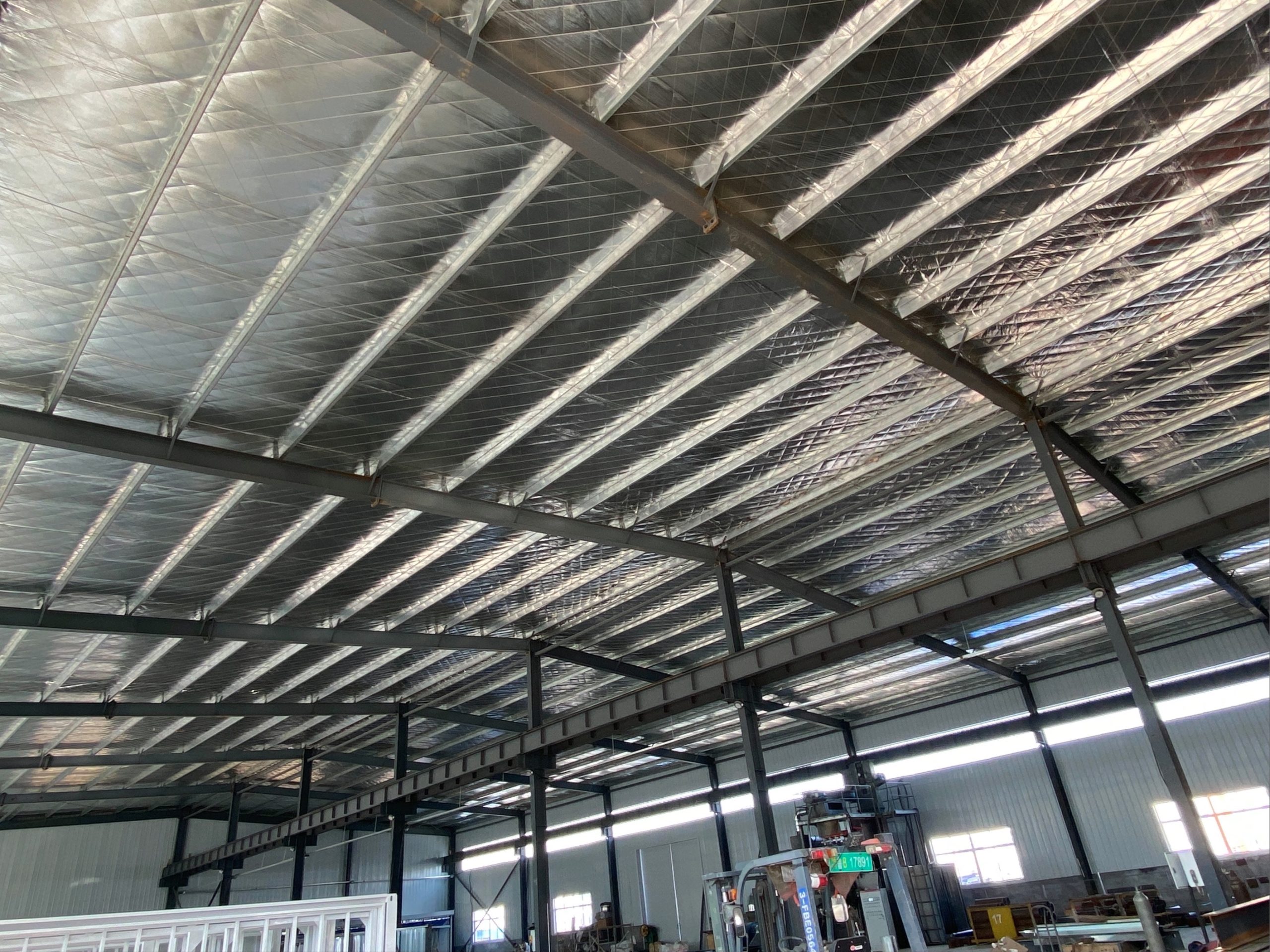
Another important consideration when designing a steel structure bridge is the overall layout and design of the bridge. This includes determining the span length, width, and height of the bridge, as well as the type of steel to be used in the construction. The design must take into account factors such as the expected traffic load, environmental conditions, and aesthetic considerations.
In addition to the design and construction of the bridge itself, it is also important to consider the environmental impact of the project. This includes minimizing disruption to the surrounding environment, as well as implementing measures to protect local wildlife and ecosystems. It is important to work closely with environmental experts and regulatory agencies to ensure that the project meets all environmental regulations and standards.
Overall, designing and constructing a steel structure bridge requires careful planning, attention to detail, and collaboration among all stakeholders involved in the project. By considering key factors such as steel selection, design layout, construction planning, and environmental impact, engineers and construction managers can ensure the successful completion of the project. With proper planning and execution, a steel structure bridge can provide a safe and efficient transportation solution for years to come.

